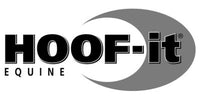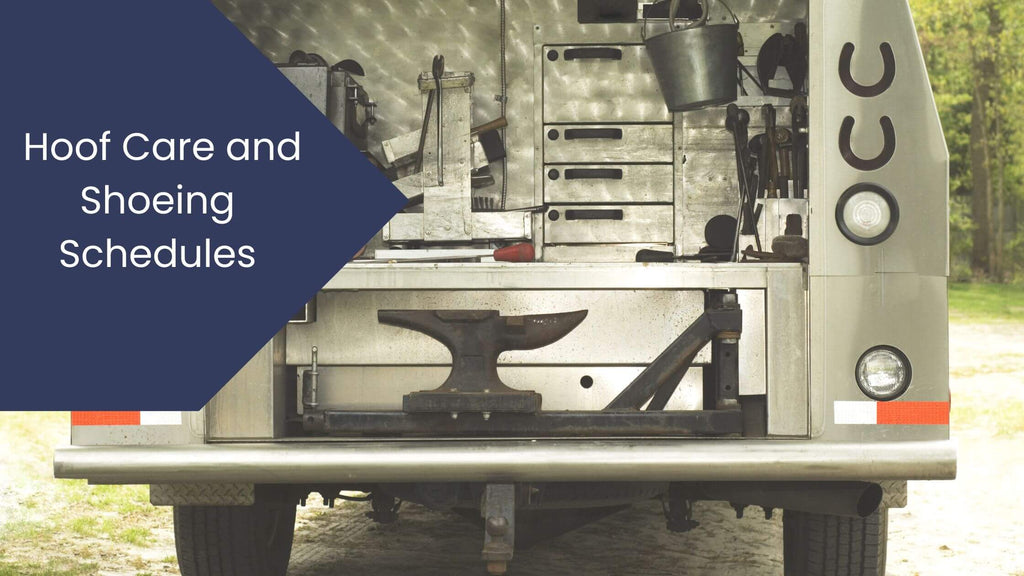Keep Your Hoof Game Strong: Hoof Care and Shoeing Schedules
Today, we’re diving into a topic that's close to every equestrian's heart: hoof care and shoeing schedules. Whether you’re a seasoned rider or new to the horse world, understanding the ins and outs of proper hoof care is essential for your horse's health and performance. So, let’s get to it!
The Importance of Hoof Care
Your horse's hooves are the foundation of their overall well-being. Neglecting hoof care can lead to various problems, from minor discomfort to serious lameness. Here are some reasons why regular hoof care is crucial:
- Prevention of Infections: Regular cleaning and inspection help prevent thrush and other bacterial or fungal infections.
- Maintaining Balance: Proper trimming ensures your horse's hooves remain balanced, preventing uneven wear and potential joint issues.
- Enhanced Performance: Well-maintained hooves contribute to better performance, whether you're competing or trail riding.
Daily Hoof Care Routine
Daily attention to your horse's hooves can make a world of difference. Here's a simple routine to follow:
- Pick Out Hooves: Use a hoof pick to remove dirt, stones, and debris. Pay special attention to the frog and sole.
- Inspect for Issues: Look for signs of cracks, abscesses, or unusual smells that could indicate infections.
- Moisturize: Depending on your climate, you might need to apply a hoof conditioner to prevent dryness or cracking.
Shoeing Schedules
Shoeing schedules can vary depending on your horse's activity level, hoof growth rate, and the terrain they work on. However, a general guideline is to have your horse shod every 6 to 8 weeks. Here’s why sticking to a regular schedule is important:
- Consistent Wear and Tear: Regular shoeing helps manage the wear and tear on your horse’s hooves, preventing overgrowth and imbalance.
- Customized Care: A farrier can provide customized care based on your horse's specific needs, such as corrective shoeing for conformation issues.
- Seasonal Adjustments: Different seasons may require adjustments in shoeing to accommodate changes in terrain and activity levels.
Finding the Right Farrier
A good farrier is worth their weight in gold. Here are some tips for finding the right one:
- Ask for Recommendations: Talk to other horse owners, your vet, or trainers for recommendations.
- Check Credentials: Ensure your farrier has proper training and certification.
- Observe Their Work: Watch them work and ask questions to gauge their expertise and approach.
Special Considerations
Every horse is unique, and some may have special hoof care needs:
- Barefoot Horses: If your horse is barefoot, regular trims are even more critical to maintain hoof shape and health.
- Senior Horses: Older horses may need more frequent trims or specialized shoeing to address age-related issues.
- Performance Horses: Horses in intense training or competition might require specific shoeing strategies to enhance performance and protect their hooves.
Conclusion
Hoof care and a regular shoeing schedule are non-negotiable aspects of horse ownership. By staying proactive and partnering with a skilled farrier, you can ensure your horse’s hooves remain healthy and strong, setting the stage for a lifetime of happy, sound riding.
Remember, a little effort every day goes a long way in keeping those hooves in tip-top shape.




